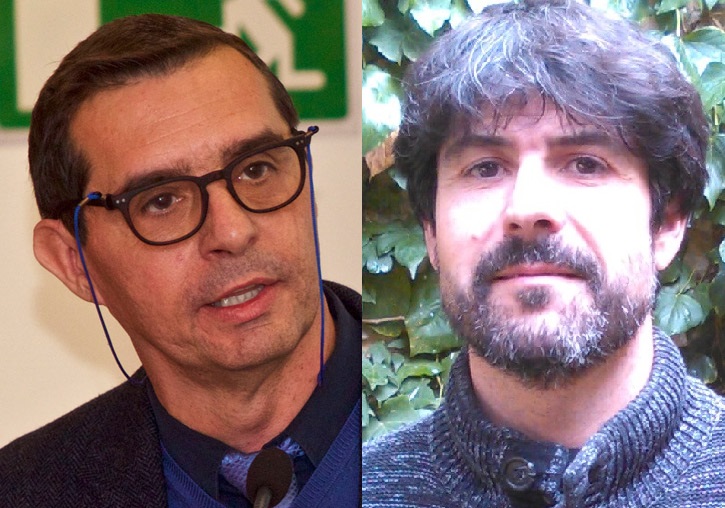The increase in temperature due to climate change allows the Valencian tourist season to be extended
- Scientific Culture and Innovation Unit
- December 7th, 2020

A study by Juan Javier Miró, professor of Physical Geography at the University of Valencia (UV), and Jorge Olcina, Professor of Regional Geographic Analysis at the University of Alicante (UA), analyses how the increase in temperatures allows the tourist season to be extended in spring and autumn, but generates worse “climatic comfort” in the middle of summer. The work, published in the magazine Investigaciones Turisticas of the UA, explains how the rise of nighttime temperatures in coastal areas and daytime temperatures in the interior have an impact on the Valencian tourism sector.
The study shows changes in temperature and seasonal rainfall patterns, which affect climate comfort, a main resource for tourism. Specifically, an increase in maximum temperatures has been detected in summer and at the end of spring, especially in the interior, an increase in the frequency of “tropical nights” (minimum nighttime temperature above 20ºC) in the coastal area and an increase in the water temperature of the Mediterranean Sea.
“Tourism is one of the main economic engines of the Valencian Community, at the same time that it is largely based on the ideal climatic conditions for the ‘sun and beach’ resource. In this context, climate change affects these conditions, which lose some of their typical suitability in summer. But, at the same time, it also opens up new opportunities with better climatic conditions outside summer, and also improves the aptitude for new forms of tourism in the interior which is greatly favoured by the reduction in the cold season of the year”, Miró highlights.
As a consequence of these factors, “the research foresees a strong loss of thermal comfort in summer for the year 2100, while the opposite occurs for winter, since in this season the trend is towards an improvement throughout the Community. In addition, a relative increase in comfort is to be expected in mountainous areas and highlands, not only in winter but also in autumn and spring”, notes Olcina.
The speed of adaptation of tourism is essential to maintain competitiveness and its strong influence on the regional economy. Therefore, the authors propose the following measures: modify the “high season” calendar to include the months of June and September, improve the climatic conditioning of tourist establishments, have good water supply systems and modify protection protocols civil and public health to face climatic hazards such as heavy rains.
The objectives of the research have been to study the territorial distribution of thermal comfort in the Valencian Community, by analysing climatic and geographic factors, and projecting the situation at the end of this century in the context of the current climate warming process. The Mieczkowski Climate Comfort Index (TCI) has been used, a tool to evaluate the tourist aptitude offered by a climate based on its characteristics.
The research of Juan Javier Miró focuses on the study of climate change in the Mediterranean basin of the Iberian Peninsula and on the development of reconstruction techniques and analysis of climate databases. The work of Jorge Olcina focuses on various geographical issues related to Land Management, Climatology and Natural Risks.
Article: Miró Pérez, J. J. and Olcina Cantos, J. (2020). “Cambio climático y confort térmico. Efectos en el turismo de la Comunidad Valenciana”. Investigaciones Turísticas (20), pp. 1-30. https://doi.org/10.14198/ INTURI2020.20.01
















